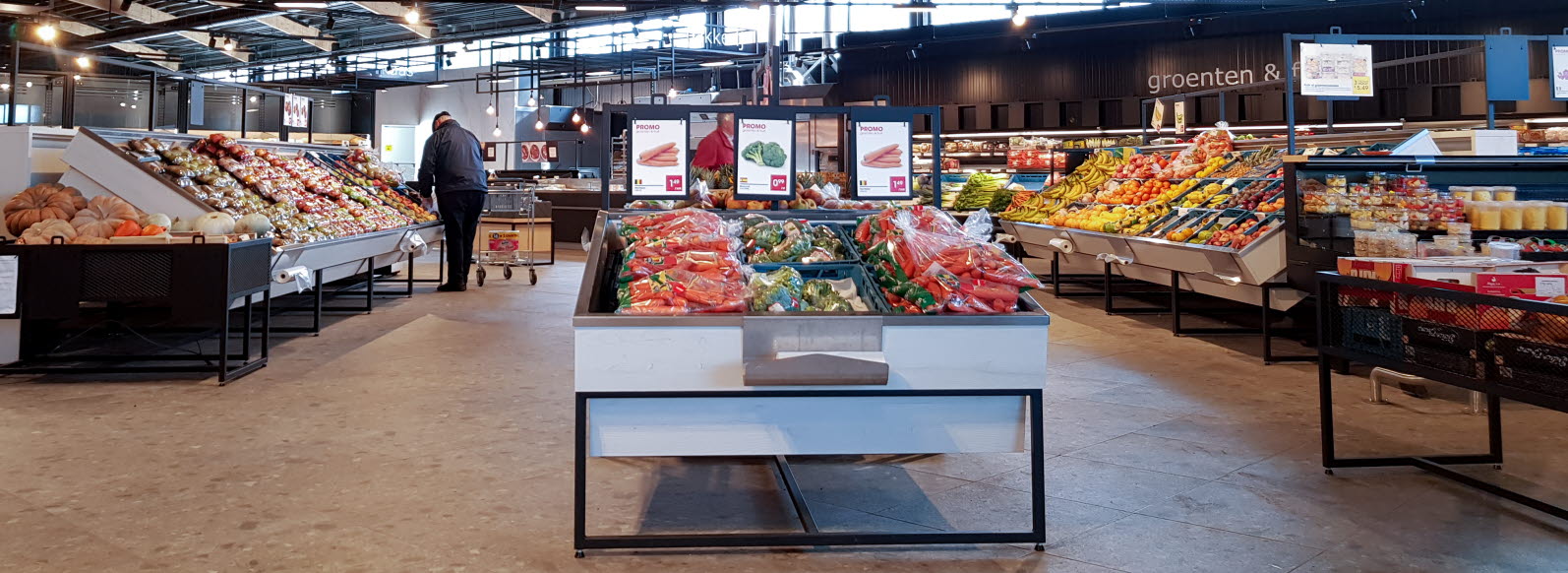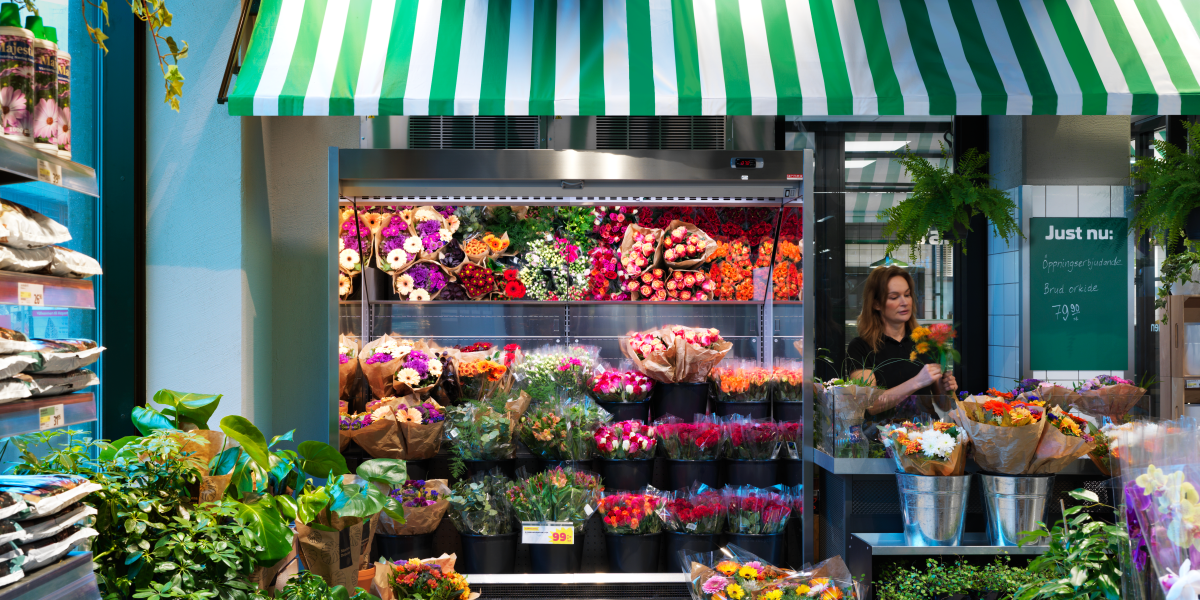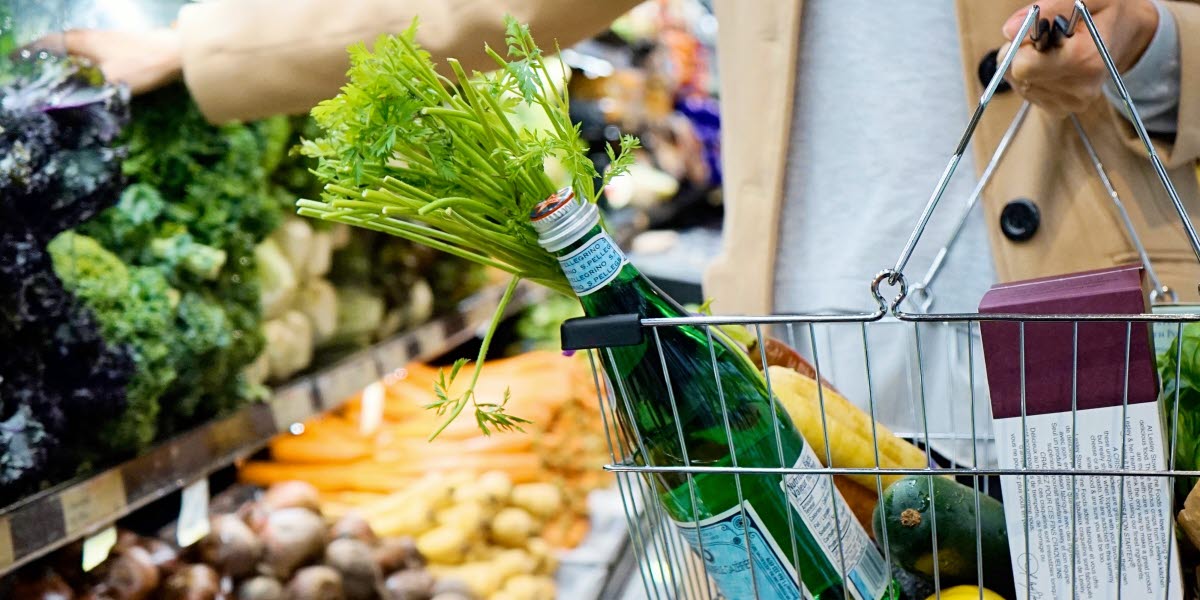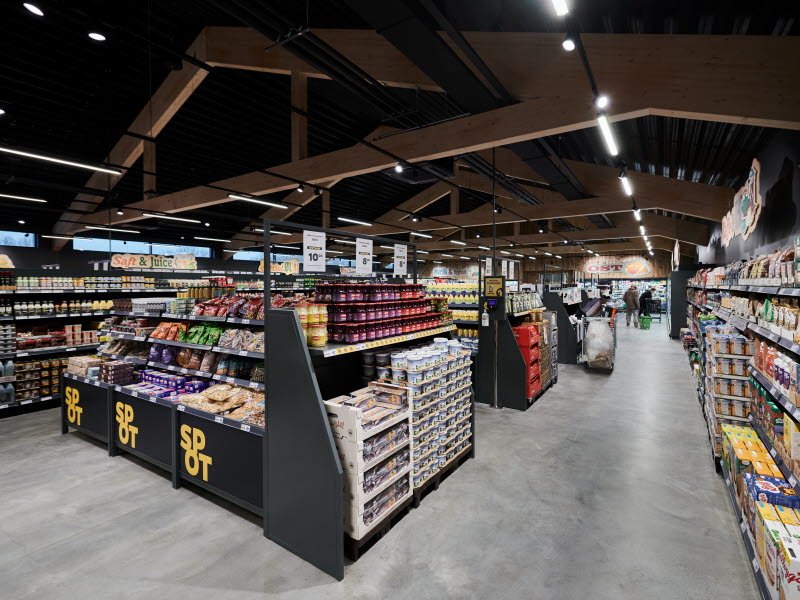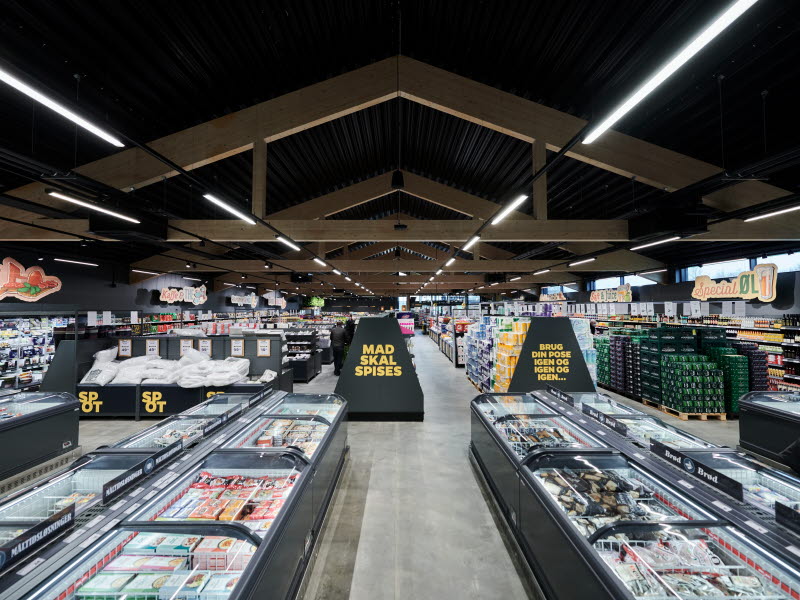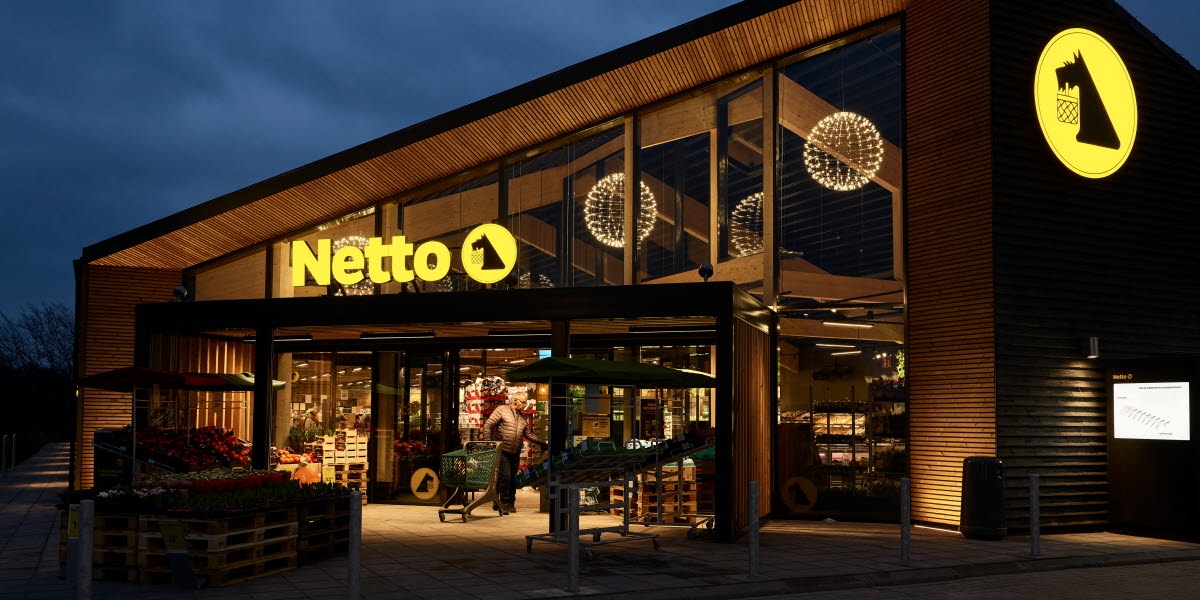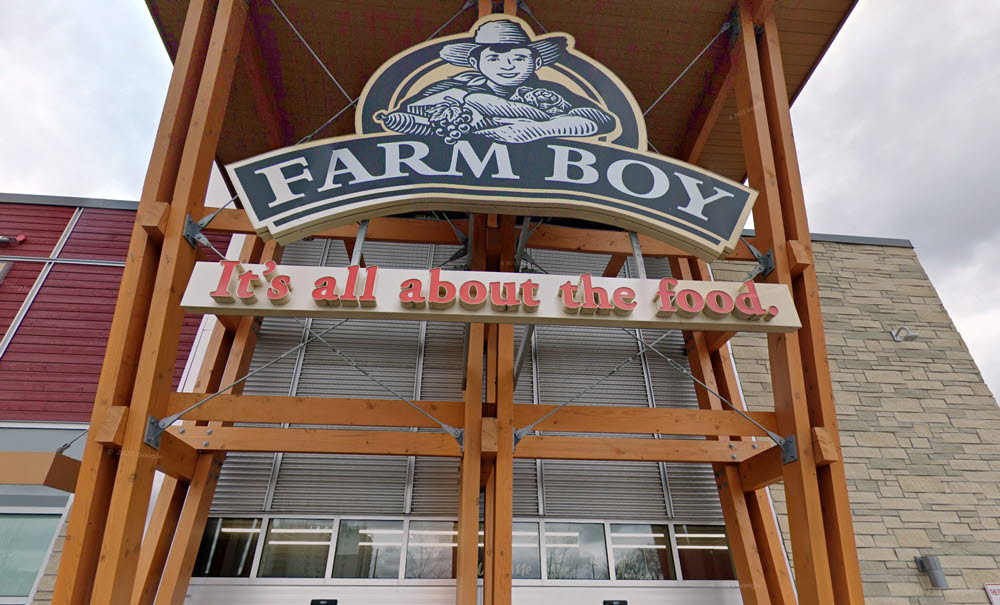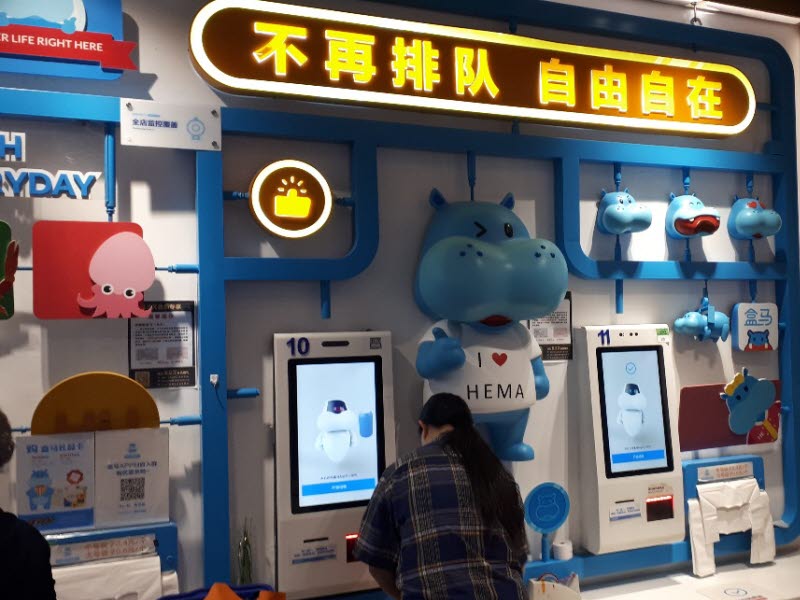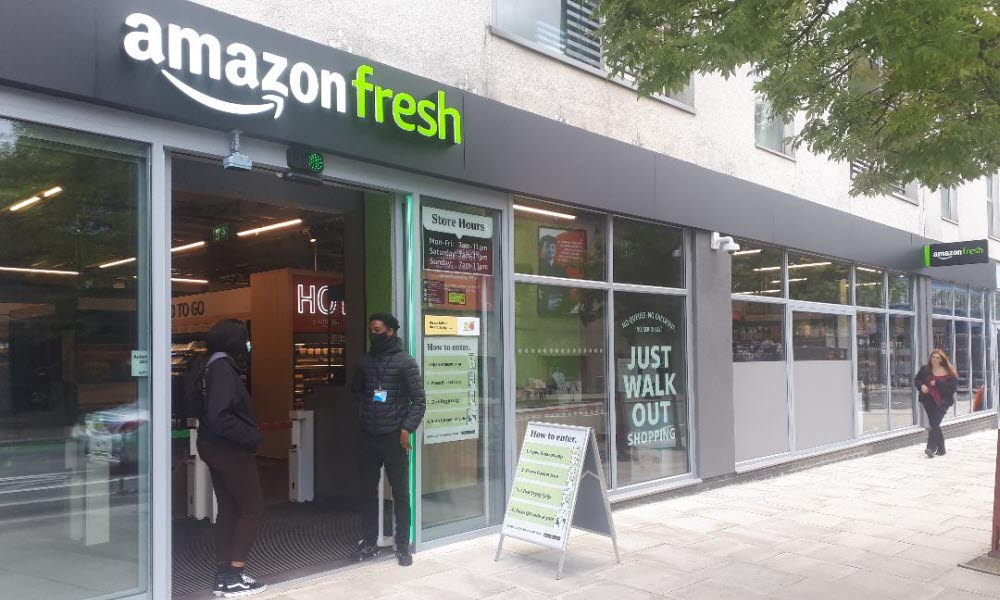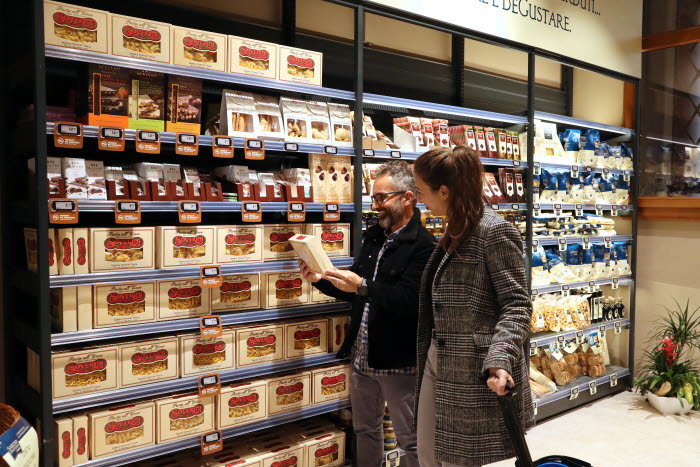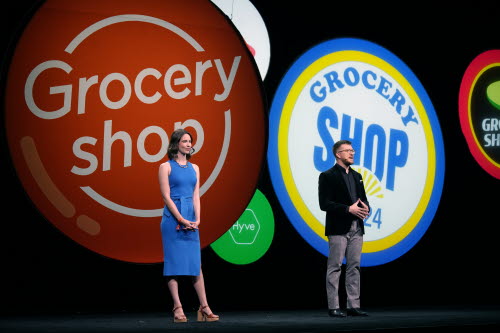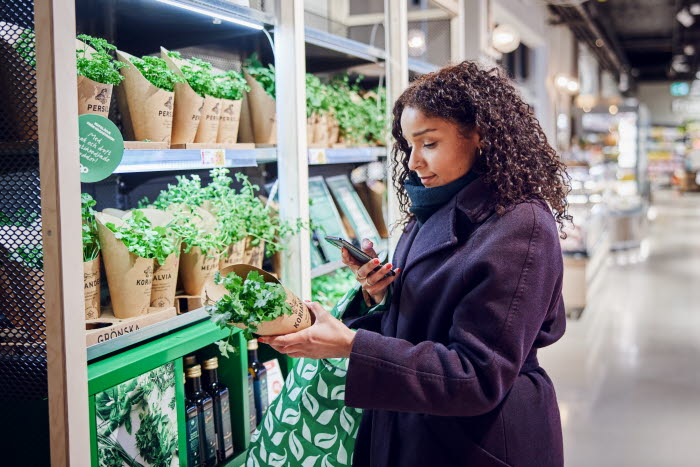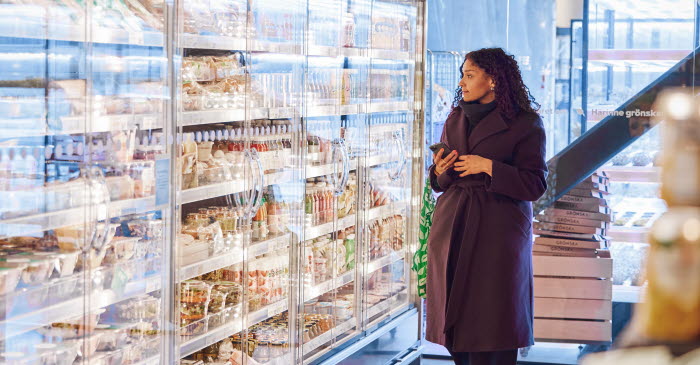
Supermarkets are shifting towards being super markets?
Today, thanks to the move towards ‘local’ shopping, to a global pandemic, and to more frequent shopping trips by consumers, the supermarket has become more, well, like a market, with more diminutive basket sizes.
Time to consume: 4 min
06 October 2021
Remember the time you used to visit a large grocery branch for your weekly shop? There are those who still do this, but it seems like an age ago that we took time out to do something of the kind. And when we got there, there was the problem of choice. How many variations of a particular sort of breakfast cereal did you actually need, branded or your own brand? It was a long process and in need of some gentle editing.
Now the seemingly endless rows of high-sided gondolas, all looking more or less the same, have given way to generally lower units with views across much of the sales floor. There is a more wholesome, less throughput-focussed feel to them. They are efficient, for the most part, but the ambiance has changed and in large part, this is to do with the fact that shopper habits have changed.
Today, thanks to the move towards ‘local’ shopping, to a global pandemic, and to more frequent shopping trips by consumers, the supermarket has become more, well, like a market, with more diminutive basket sizes. There are exceptions to this, but the biggest grocers, at all ends of the price spectrum, have seemingly taken the view that we want to look back to a time when picking up a few things and putting them in a basket, rather than a trolley, was the order of the day.
This is in fact the underlying proposition of the old-fashioned market, a place where fresh food is bought unpackaged and in surroundings where display materials are formed of natural materials and in which sell-by dates may be shorter, but where fresh is of the essence. Markets of this kind were, in the past, visited almost daily with ‘food for today’, instead of freezer fodder, being the informing idea.
Netto Grocery Store
The Netto store in the eastern Danish city of Horsens is a case in point. This is a wood-built structure that, perhaps, reminds the onlooker of a Viking longhouse: a piece of Scandi nostalgia. Within, although there are a lot of low-rise gondolas and mid-floor chillers, it is possible to see from front to back with little impediment. This is an interior that feels more like a covered market of old, than any kind of high-density, volume-led supermarket. It is hardly an exaggeration to say that the atmosphere is more ‘human’ than might normally be expected of this form of retail.
The point, however, about this market-style of supermarket retailing is that while it may appear to hark back to a fondly imagined former time, it is very modern and of the moment. Both front of house and back-end, it is probable that digital will be playing a fairly major role in stores of this kind, whether to assist the cash-taking effort, to ease the shopping journey, or as part of the more general admin.
Farm Boy supermarkets in North America
All of which is fine and does much to illustrate a trend that most food retailers are subscribing to in one form or another. But for a real sense of the supermarket as a market phenomenon, choosing almost any city in North America will show how well-established this idea is.
The recently opened Farm Boy branch in Etobicoke, a well-heeled suburb in Toronto, shows the process writ large. Here, large chalkboard-style graphics, low, wood-clad counters, and substantial displays of unpackaged fresh fruit and vegetables combine to offer a supermarket market. As an idea, it’s been used at Whole Foods Market across the US and Canada and, to an extent, in Canadian giant Loblaws, for years, but that doesn’t prevent it from looking new. And all of them deploy technology to make the business of market shopping easier.
Freshippo supermarkets from Alibaba
For the most obviously digital market/supermarket the best examples are the Freshippo supermarkets from Alibaba, across China. Food is fresh (and in the case of the seafood, still alive), but to get into what looks like an old-fashioned take on the supermarket, the shopper has to clear a series of digital hurdles, with the same being true when it comes to payment. And if product information is needed a phone can be used, of course, to scan the QR codes that are dotted about the ‘market’ to find out more about what is being looked at. Watch the video on the Alibaba Youtube channel about Freshippo.
Amazon Fresh Food chain
That said, there is an almost contradictory impulse in the shape of the Amazon Fresh chain. This may, in part at least, be about the market-style presentation, but it is principally about speed. Your correspondent visited the outpost in Camden, North London, recently, entering, selecting, and then “just walking out”, as the retailer puts it, in 48 seconds. Markets may be more appealing, but that doesn’t mean they can’t also be faster and more efficient.
It is considerably more than half a century since the first supermarkets appeared and then they were all about slickness and efficiency. They still are, but their appearance and sustainability are moving rapidly back towards looking as stores and markets did in the first half of the 20th century. Plus ca change…
Article written by
John Ryan
Store design specialist and Newstores founder
